What is a Darth Maul Tarantula
The Darth Maul Tarantula, scientifically known as Cyriocosmus elegans, is a captivating and relatively small species of tarantula. Its common name is derived from the striking resemblance of its coloration to the Star Wars character Darth Maul. These spiders are popular in the exotic pet trade due to their vibrant colors and manageable size, making them a fascinating addition for both novice and experienced arachnid enthusiasts. Unlike many larger tarantula species, the Darth Maul Tarantula offers a unique aesthetic and care requirements that set it apart. They’re known for being relatively docile, adding to their appeal as pets, but like all tarantulas, they should be handled with care and respect.
Origin and Species
The Darth Maul Tarantula originates from the tropical regions of South America. Specifically, they are commonly found in countries like Brazil, where they inhabit humid, forested environments. The Cyriocosmus elegans species belongs to the Theraphosidae family, which encompasses a vast array of tarantula species worldwide. Understanding their origin is crucial for replicating their natural habitat in captivity and providing them with the appropriate conditions for survival and well-being. The species name “elegans” speaks to their elegant and striking appearance, which is a significant part of their allure.
Appearance and Features
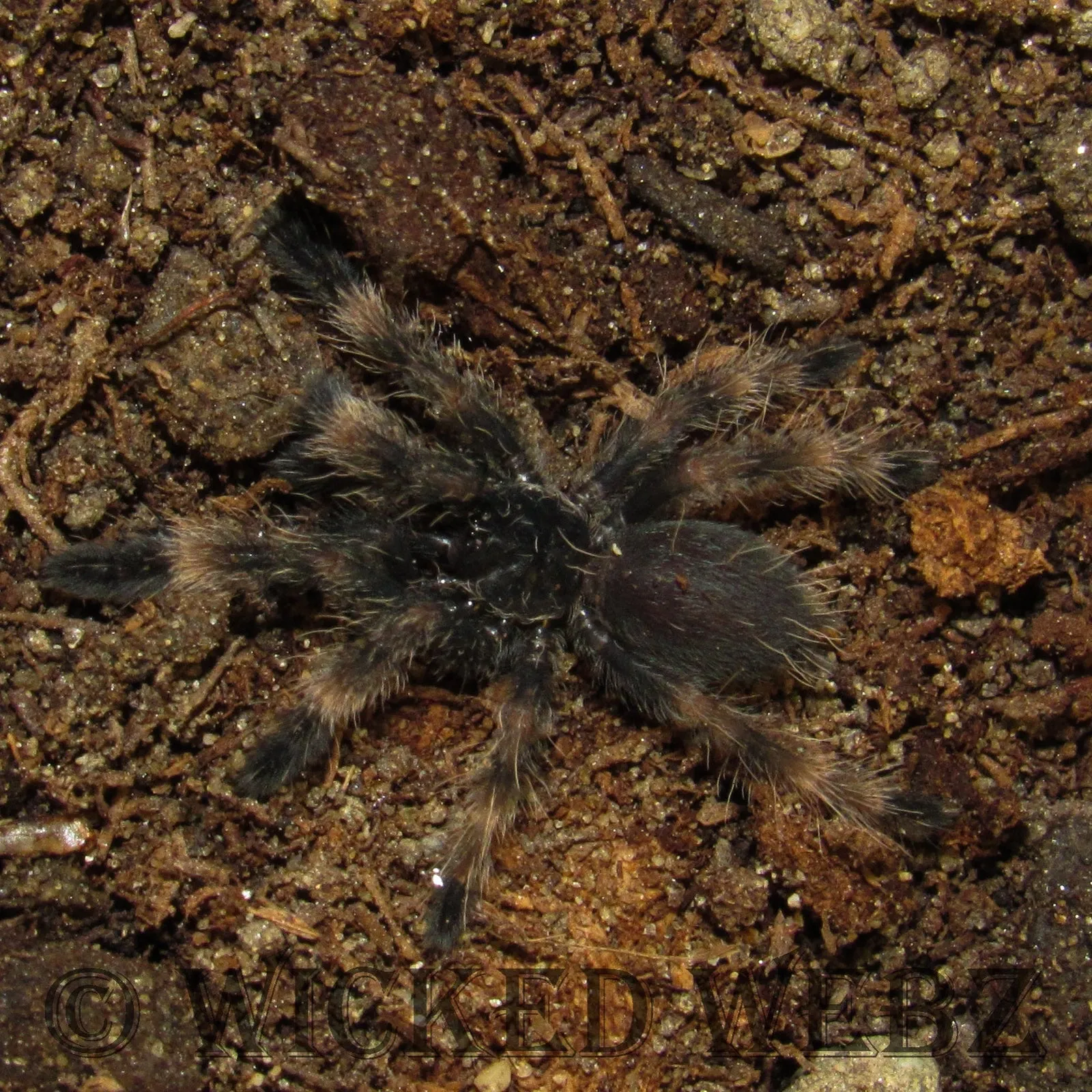
The Darth Maul Tarantula is easily recognizable due to its vibrant coloration. The spider typically displays a striking combination of black and red, with the specific patterns and shades varying slightly between individual specimens. The carapace, legs, and abdomen exhibit a deep black hue, while the abdomen is adorned with vibrant red markings, creating a visually stunning contrast. Their size is also a key characteristic; they are considerably smaller than many other tarantula species, usually reaching a maximum leg span of around 2-3 inches. This compact size adds to their appeal for those who prefer a smaller, more manageable pet.
The Red and Black Coloration
The striking red and black coloration of the Darth Maul Tarantula serves multiple purposes. The bright colors likely serve as a warning to potential predators, signaling that they may be venomous or unpalatable. This is a form of aposematism, where the vibrant appearance warns off potential threats. The specific patterns and intensity of the colors can vary slightly among individuals, but the contrast between the red and black remains consistent. The vividness of the coloration is often enhanced with proper care and a suitable diet, making them a truly eye-catching species. Their coloration is a key factor in their popularity among pet owners and arachnid enthusiasts.
Venom and Toxicity
Is the Darth Maul Tarantula Venomous?
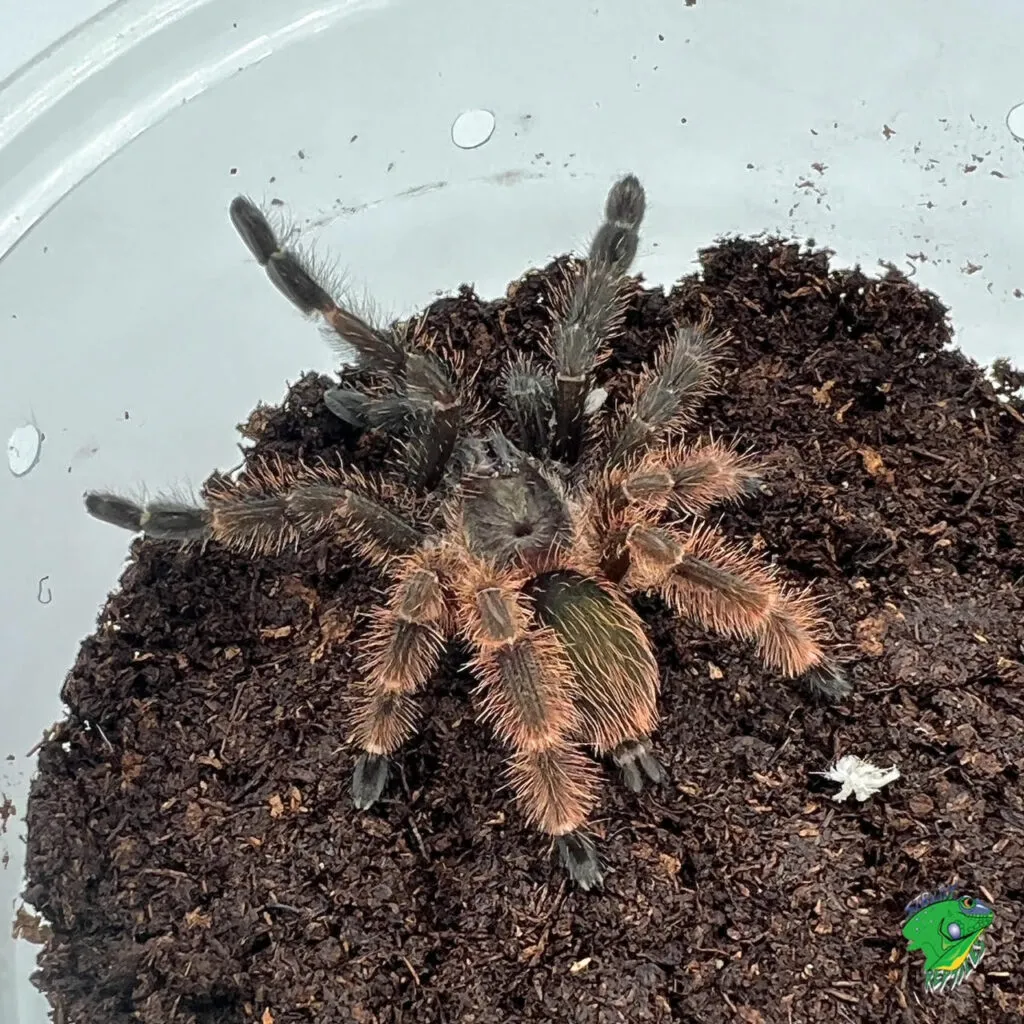
Yes, the Darth Maul Tarantula, like all tarantulas, is venomous. Their venom is primarily used to subdue prey and is injected through their fangs. While the venom is potent enough to paralyze insects and small animals, it is generally not considered life-threatening to humans. The effects of a bite typically include localized pain, redness, and swelling at the bite site. Allergic reactions are rare but possible. It’s important to remember that while their venom isn’t usually dangerous to humans, a bite can still be uncomfortable, and care should be taken when handling these spiders. Careful handling and respect for their venom are essential.
Potential Bites and First Aid
In the unlikely event of a Darth Maul Tarantula bite, it’s crucial to remain calm and follow basic first aid procedures. Clean the bite area thoroughly with soap and water to prevent infection. Apply a cold compress to the area to reduce swelling and pain. Monitor for any signs of an allergic reaction, such as difficulty breathing, swelling of the face or throat, or hives. If any of these symptoms occur, seek immediate medical attention. Though their venom is not usually dangerous, it’s always wise to err on the side of caution. Most bites are uneventful, causing only minor discomfort, but taking appropriate precautions is always a good idea.
Size and Lifespan
How Big Does a Darth Maul Tarantula Get?
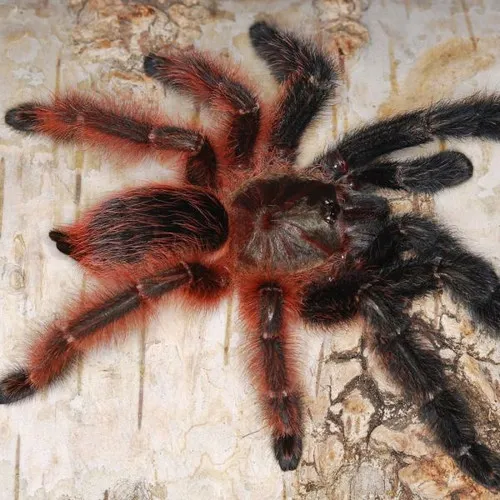
The Darth Maul Tarantula is a relatively small species, with a maximum leg span of about 2 to 3 inches. This size makes them appealing to keepers with limited space or those who prefer a more manageable pet. The compact size also influences their care requirements, making them easier to feed and house than larger tarantula species. Their smaller stature doesn’t detract from their striking appearance, which remains a central factor in their popularity. Their manageable size contributes to their suitability for both novice and experienced tarantula keepers.
Lifespan in Captivity
The lifespan of a Darth Maul Tarantula in captivity is typically between 5 to 7 years for females. Males have a shorter lifespan, often only living for 1 to 2 years after reaching maturity. Proper care, including a suitable habitat, a balanced diet, and appropriate temperature and humidity levels, can contribute to a longer and healthier life for these spiders. Regular maintenance and observation of their behavior and health are crucial for ensuring their longevity. The difference in lifespan between males and females is common among tarantula species, with females generally outliving their male counterparts by several years.
Habitat and Behavior
Natural Habitat
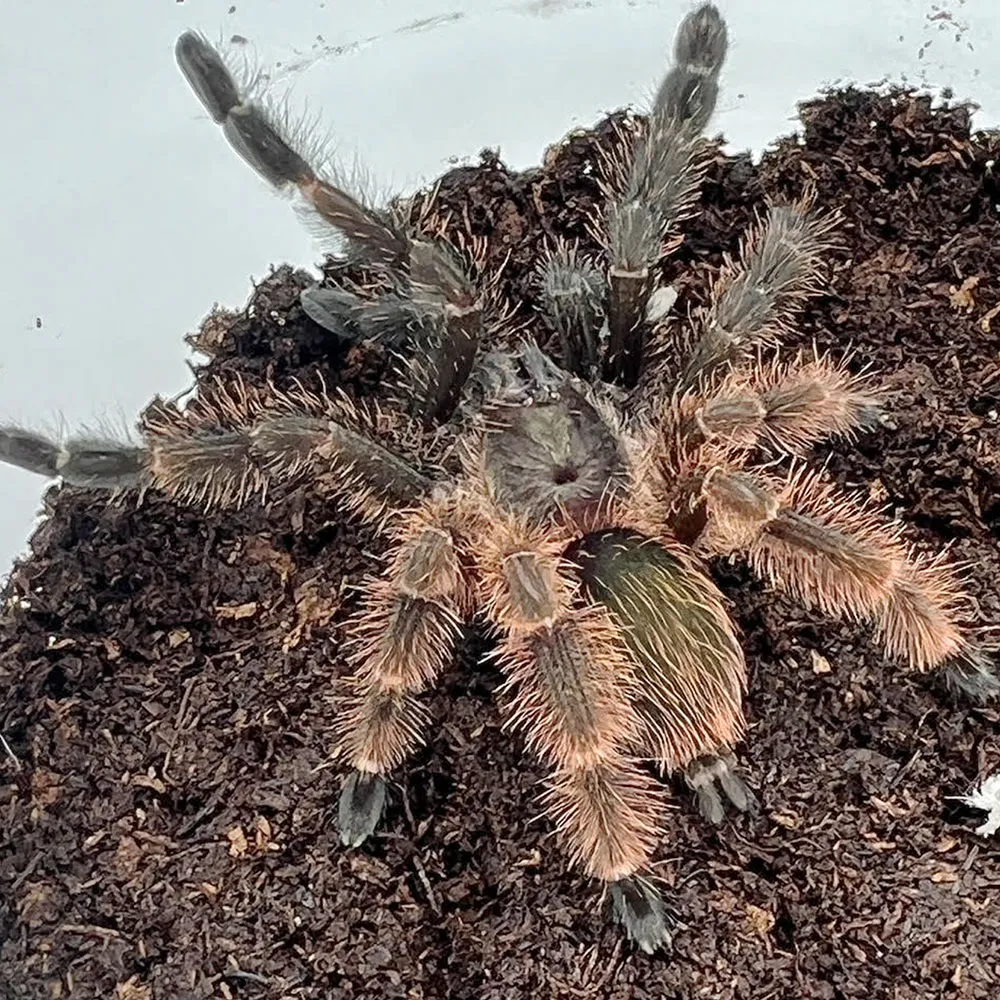
In their natural habitat, Darth Maul Tarantulas reside in the tropical rainforests of South America. They typically create burrows in the leaf litter or within the soil. They prefer environments with high humidity and moderate temperatures. Their natural environment is rich in insects and small invertebrates, which form the bulk of their diet. Understanding their natural habitat is crucial for recreating similar conditions in captivity. Providing them with a substrate that allows for burrowing, such as a mixture of peat moss, coconut fiber, and vermiculite, will encourage natural behaviors and contribute to their overall well-being. The ideal environment mimics the moist, warm conditions of their native lands.
Temperament and Activity
Darth Maul Tarantulas are generally considered to be a docile species, making them a good choice for beginner tarantula keepers. However, like all tarantulas, they can exhibit defensive behaviors if they feel threatened. They are mostly nocturnal, being most active during the night and spending much of the day hidden in their burrows. They are ambush predators, waiting patiently for prey to come within striking distance. While they are not particularly active spiders, observing their behavior and feeding habits can be quite fascinating. Always handle them with care and avoid any sudden movements that might startle them.
Care and Maintenance
Enclosure Setup
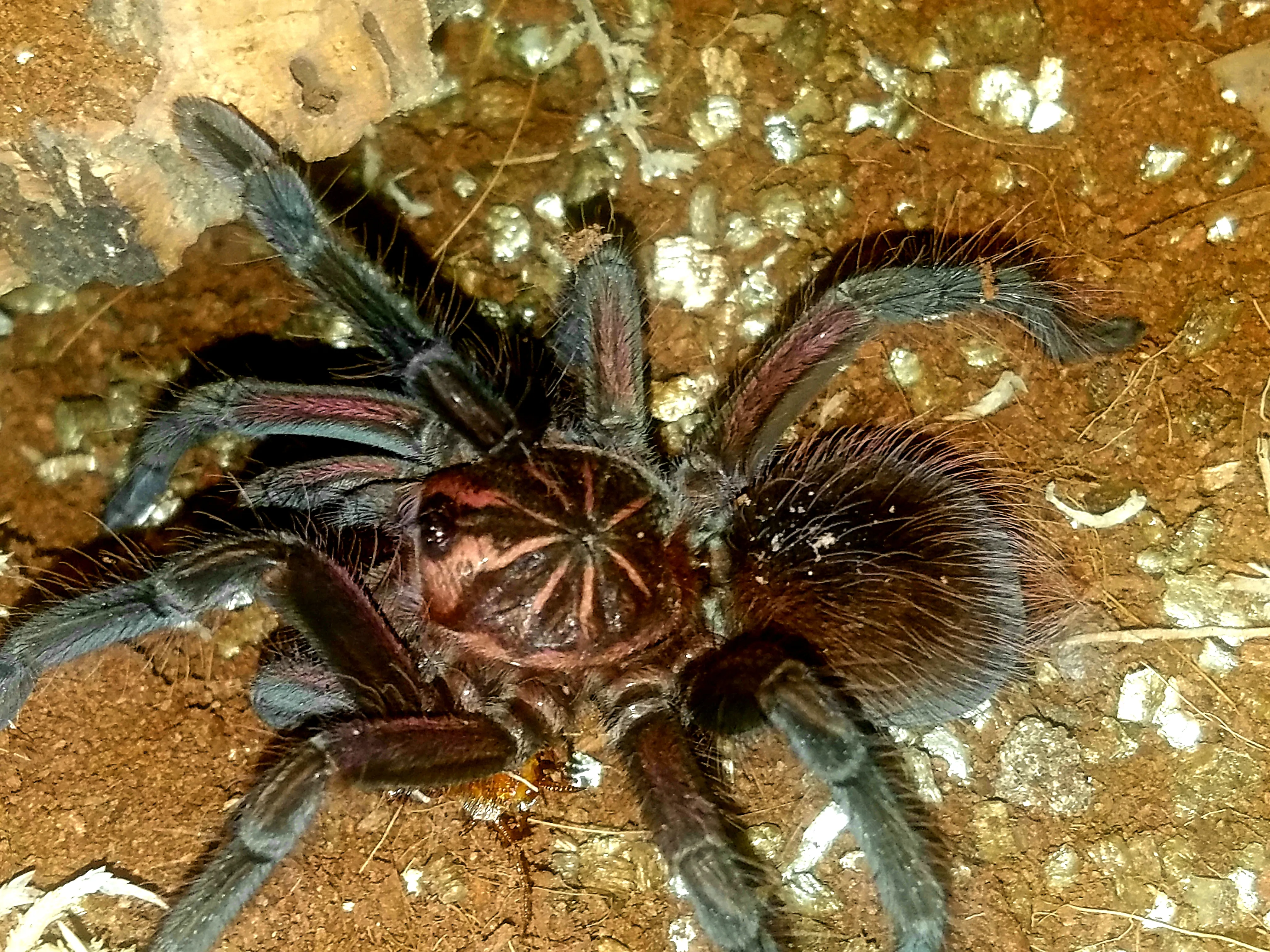
Setting up a suitable enclosure is crucial for the health and well-being of your Darth Maul Tarantula. A 5-10 gallon terrarium is usually sufficient for an adult. The enclosure should have a secure lid to prevent escape. The substrate should be a mixture of peat moss, coconut fiber, and vermiculite to retain moisture and allow for burrowing. Provide a shallow water dish for hydration. Maintain a temperature of around 75-80°F (24-27°C) and a humidity level of 70-80%. Include some hiding places, such as cork bark or artificial plants, to provide security. Proper ventilation is essential to prevent mold growth. Regular cleaning of the enclosure and the removal of uneaten food are necessary to maintain a healthy environment.
Feeding and Diet
Feeding your Darth Maul Tarantula is a relatively straightforward process. They primarily eat insects. A diet of crickets, roaches, mealworms, and other commercially available insects is suitable. The frequency of feeding depends on the spider’s size and age, but generally, feeding once or twice a week is sufficient for adults. Offer appropriately sized prey; the prey should be no larger than the spider’s body. Remove any uneaten food after 24 hours to prevent mold and mites. Ensure that the insects are gut-loaded before feeding to provide the tarantula with adequate nutrients. A healthy diet and regular feeding schedule are essential for the tarantula’s growth and well-being. Always have fresh, clean water available.
Conclusion
The Darth Maul Tarantula is a captivating and rewarding species for any tarantula enthusiast. Their striking appearance, manageable size, and relatively docile temperament make them a fantastic choice for both beginners and experienced keepers. By understanding their unique characteristics and providing them with proper care, you can enjoy the beauty and fascinating behaviors of these extraordinary arachnids. Remember to prioritize their well-being by maintaining a suitable habitat, providing a balanced diet, and handling them with respect. Owning a Darth Maul Tarantula can be a fulfilling experience, offering a unique glimpse into the world of exotic pets.
